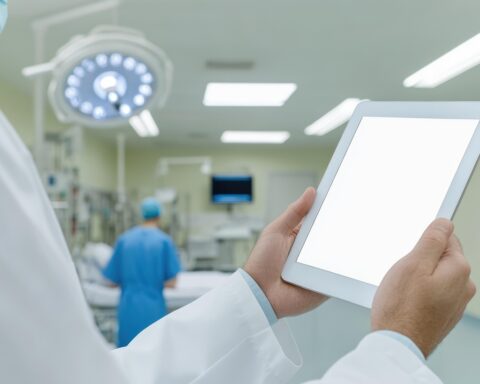By Barbara Arone, Vice President, Real World Solutions, IQVIA
The use of real-world evidence (RWE) in the development of pharmaceutical treatments has grown exponentially in the past 10 years, fueled by availability of higher quality data, trial competitiveness and growing investments in personalized and rare disease treatments. It has transformed from a “nice-to-have” into a “must-have” part of the evidence package, helping to contextualize clinical research and improve treatment understanding.
In addition to utilizing RWE in clinical research, there is a growing trend toward implementing RWE early in the product development lifecycle. In recent years, European regulators have supported the use of real-world data (RWD) in regulatory decisions. As part of its Big Data Taskforce, the European Medicines Agency acknowledged the benefits of rationally utilizing RWD for drug approval and monitoring.
Although traditionally associated with pharmaceutical organizations, biotech and emerging biopharma (EBP) companies can also benefit by accessing RWE. Those who focus on smaller population indications can employ RWE to better understand patient populations, improve study planning, identify meaningful endpoints and create more compelling evidence for stakeholders, including regulators, payers, patients and investors, which helps accelerate research and meet business goals. Additionally, once a drug has reached the market, RWE provides valuable information in answering questions on safety and efficacy.
Using RWE to Tell the Product Story
For many smaller venture- or investor-funded companies, engaging investors can be challenging due to the technical aspects of the drug development process. But the ability to illustrate a drug’s impact is a powerful tool. The volume of existing RWE positions companies to share clear and compelling stories about unmet patient need, under-diagnosis or delayed diagnosis and the economic or human impact of these gaps in adequate treatment.
Understanding the types of available information and where in the product lifestyle these will make the greatest impact help to refine these stories. For example, during the pre-clinical phase, RWE can help tell a disease story, demonstrating the need, size and impact of that need. In the planning phase for first-in-patient studies, RWE can support the identification of clinically meaningful endpoints. In the development phase of a clinical trial, RWE can help organizations develop the foundation of information for natural history studies. Identifying the target population, establishing a baseline of their disease state, establishing potential trials sites and treatment centers and pinpointing biomarkers and endpoints of interest are all possible through the application of RWE. These meaningful endpoints and stories become a part of the value discussion about your developing product.
Using RWE After Product Approval
RWE plays a significant role in the post approval space in addressing safety and efficacy questions. We have long used real world evidence to address both regulator required safety and pregnancy surveillance programs. It is also quite common to use real world evidence to address issues of interest to physicians, payors and patients in the post approval space, helping to translate the impact of a product on the health and well-being of those treated.
Managing Resources Through Strategic Planning
Although RWE has become more accessible and affordable in recent years, a proactive, strategic approach to investment taken early in the product lifecycle can help organizations mitigate costs and effectively plan and allocate resources. Many organizations create real world evidence planning documents early in the product development process to identify what data would be helpful and further identify sources for the data. Some sources will be existing, others will need to be curated from other real-world data and still others may need to be collected in bespoke fashion. Identifying early what these data are and a strategy for acquiring the data in sufficient time for it to be impactful is a critical part of the planning process for groups that use RWE successfully.
Maintaining a Strategic RWE Mindset
As RWE becomes increasingly important in bringing products to market and answering critical stakeholder questions, it holds particular value for biopharma and EBP organizations who think strategically about how to leverage it throughout the product lifecycle.
- RWE can help articulate compelling patient stories that help stakeholders to understand patient needs and product value and can support funding.
- As products move through planning and the stages of clinical research, RWE can provide valuable information to accelerate product development.
- RWE has long been used to help answer safety and efficacy questions in the post-market phase.
Biotechs and EBPs do not need to shy away from investing in RWE, as proactive planning and strategic use of RWE will enhance their research and accelerate business objectives.





